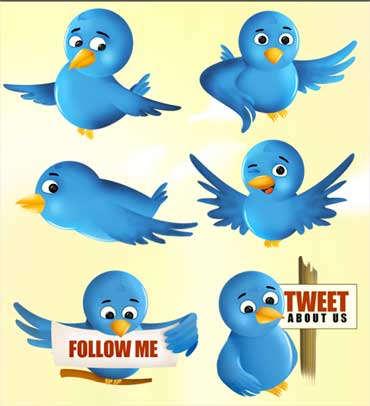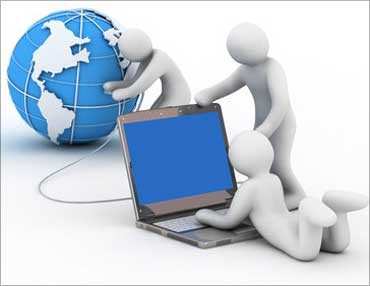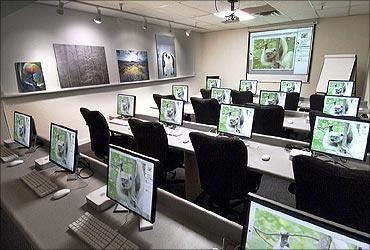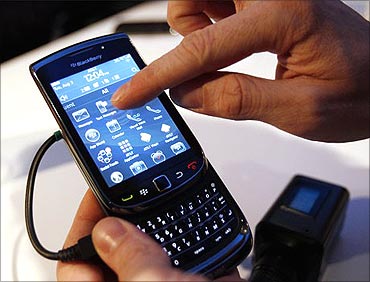 | « Back to article | Print this article |
Go digital for good brand building
It is a simple truth that all successful companies have a very specific strategic approach for the way they communicate, whether that is to consumers, the trade, or to internal stakeholders.
The same cannot be said (at least from my perspective) for digital communications, even though digital penetration and consumption are increasing in India by double digits.
Currently, India has roughly 81 million active internet users (6.9 per cent penetration), who spend approximately 15.7 hours per week online.
Max Hegerman is president, Tribal DDB India, part of DDB Mudra (the Mudra Group).Click NEXT to read on
Go digital for good brand building
Click NEXT to read on
Go digital for good brand building
So, armed with an understanding of the consumer (and how that consumer lives online) and a well thought-out digital strategy, here are some unique opportunities (and challenges) that exist in the digital space - and reasons why you should care.
Click NEXT to read on
Go digital for good brand building
Successful digital marketing is really all about the effective use of multiple channels. It may come as a surprise to some, but the digital experience does not mean Facebook, and Facebook alone.
Digital is social, but it is also about mobile, video (and video sharing), as well as search engine optimisation/search engine marketing to ensure that every channel provides impact - and return on investment. Focusing in on just one digital platform is pointless, unless it is reinforced through the integration of other platforms or tools. Digital budgets are still relatively small, so redundant/overlapping users and empty impressions are inefficiencies that need to be curtailed and replaced with smaller, unique brand experiences from a variety of platforms like those mentioned above - each with its own distinct strategy.Click NEXT to read on
Go digital for good brand building
3G will mean a far better mobile experience - as well as better phones that can truly leverage the power (and beauty) of this new technology.
It will be interesting to see how brands use 3G to provide something more engaging than just SMS, WAP and Bluetooth. 3G = applications. This is a fact that brands can no longer ignore. Applications - especially those that provide real utility - are powerful brand tools. Whether they reside on the web or on a mobile phone, they become part of a person's (modern) life. Having one user for life through the use of an application that brings value to his/her life is more valuable in the long run than a viral video that reaches hundreds of people.Click NEXT to read on
Go digital for good brand building
Location-based portals and applications (although still relatively nascent) have considerable potential in India since digital mapping has not been fully established, and 3G will provide the ability to geo-locate.
Marketers have a real opportunity to make users the hero by making sense of (and taking ownership of) this country - one street, one shop at a time. Location-based platforms like foursquare and Facebook's Places provide the same level of social interaction as Twitter, with the added feature (and chat value) of GPS tracking - which could be a marketers dream.Click NEXT to read on
Go digital for good brand building
Facebook - not the end-all (but close)
Many believe websites and even microsites (in particular) have lost their relevance with the dawning of the age of Facebook.
I say microsites have it much better now that Facebook is doing all the heavy lifting, in terms of building communities and creating online engagement. Microsites continue to provide the digital brand experience (and information repository) that you simply cannot get within the rigid confines of Facebook. Microsites help establishes the conversation, while Facebook acts as a highly productive facilitator.Click NEXT to read on
Go digital for good brand building
Never underestimate the power and resilience (and effectiveness) of e-mailers, web banners and search engine marketing.
The trick, however, is to ensure each of these is done in a manner that transcends their basic utility. In fact, considerable thought needs to go in to what can be done to ensure better open rates.
A proper definition of the customer segments you target with each activity (and the strategy used for each segment) needs to be a priority. The simple stuff does work. But, extracting the best from these online tactics generally takes considerable thought.
Click NEXT to read on
Go digital for good brand building
Everyone sees the value in involving (I say engaging) their customers in order to bring value to the company.
The question that needs to be asked, however, is, did this person become a customer because he/she could provide something to you and your company, or did they engage because you offered them something? For the most part, marketers seem to forget (or deny) the fact that engagement is a two-way conversation - and that success comes from letting go, and letting consumers tell you about your brand and help you develop and refine your product offering.









